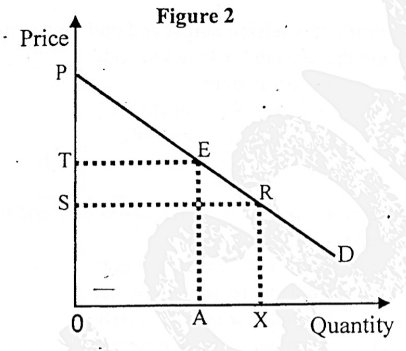A Level Economics Quiz 2016 Part 1
15 QuestionsQuiz Description
Economics as a social science subject is the scientific study of the ownership, use, and exchange of scarce resources – often shortened to the science of scarcity.
Based on past CGCE questions, we have chosen 15 questions from the June session of Advance Level Economics 2016. These questions are based on the CGCE Economics syllabus. Some of these topics include “scarcity, population growth, supply and so on”. These questions aim to give each student a guide on the manner of approach to the Advance level Economics multiple choice questions.
Keep in mind that these questions are very tricky. Most often, the answers look very similar to one another. So, you’re advised to read carefully, make sense out of the question and understand each question before answering it. The questions contain four options and only one is correct.
After trying these sets of questions, there are other sets of questions which are also based on the June session of 2016. You can attempt them next…
Good luck and wish you the best!!
This question is based on the table below
Marginal product is at a maximum where
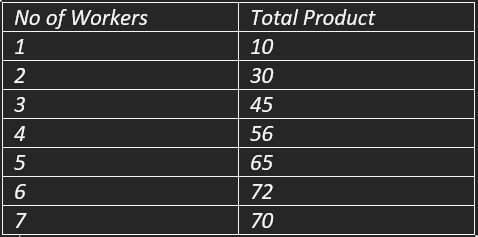
Which of the following groups has the first claim on the assets of a company in the event of liquidation?
If two population pyramids are presented, which of them will more likely represent a developed economy?
The dependency ratio of a country whose total population is 30 million people and the working population is 7.5 million people is
This question is based on table below which is relating to an individual firm
Over which range of output is demand inelastic?
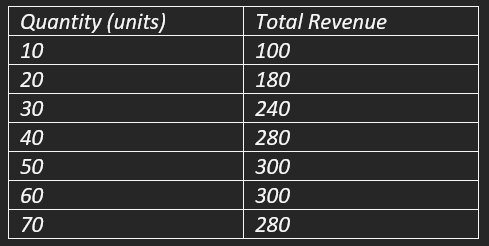
The Figure below shows changes in the supply of and demand for good Y
What is the cause of the movement from El to E2?
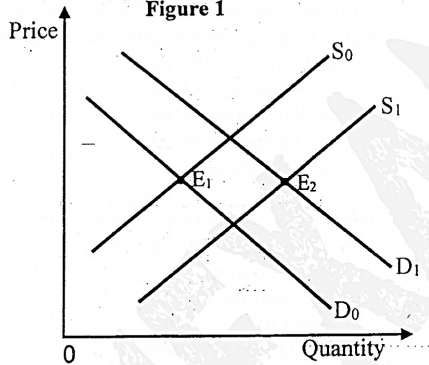
If the government grants a subsidy of 20 FCFA per bag, what will be the total cost of the subsidy to the government?
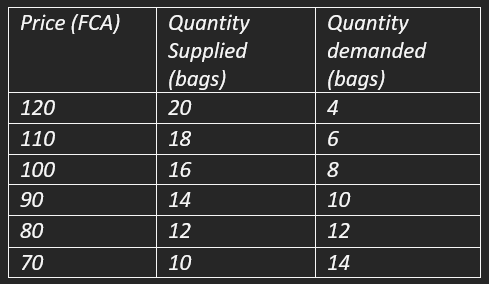
Which method of price stabilization most exposes the scheme to embezzlement?

